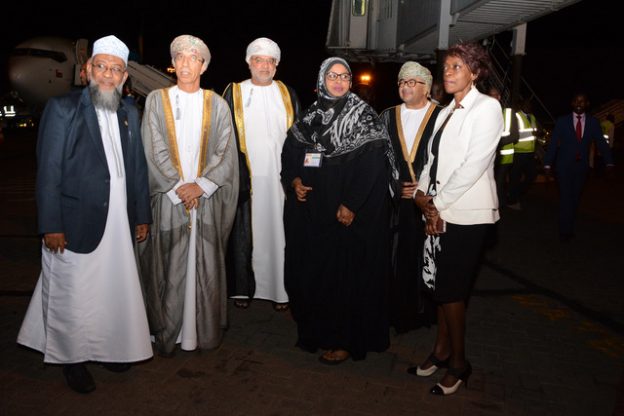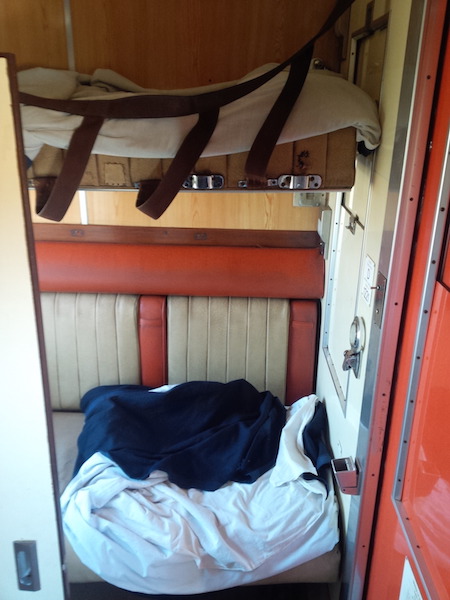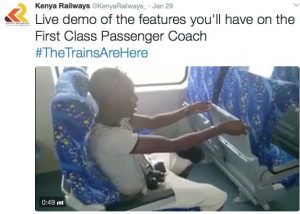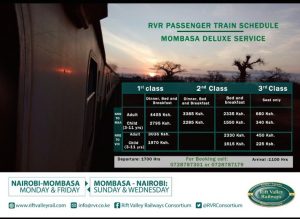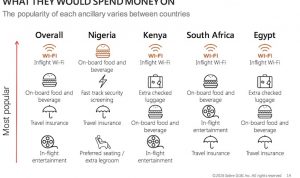A guest post by @Cathkemi on a visit to Kinshasa, the capital city of the Democratic Republic of the Congo (DRC).
Getting There: I used Kenya Airways for Entebbe – Nairobi – Kinshasa; The cost was about $900-1,000 but booked at the last minute.
On arrival: Clearing was very easy at the new efficient airport. But leaving is a hassle. You have to pay $55 worth of taxes to leave, and there are endless checks.
Getting around: Public minibus taxis are popular in the city centre. Luckily I got around with the office car, rides from colleagues, and taxis. Walking around is generally secure depending on where you are. But at night need to be extra careful. You can’t just stroll around, and you need to be extra careful about which taxis you get into.
Staying in touch: I used my Ugandan line and it was very expensive. Both local and international calls are all expensive.
Where to stay: Not sure, as I haven’t stayed in a hotel. Most tourists stay in the up class neighbourhood of Gombe. Or near the UN mission HQ. It has nice restaurants and bars etc. though is expensive. Electricity is not very reliable; our office is in an upper-class neighbourhood but power can cut out several times a week. You need a generator there.
Out & About: The main dishes are fufu with meat, fish, vegetables etc. It’s basic but can be tasty depending on who makes it. Beers are easy to get. Not sure how much but should be around $3-5 and Tembo is the most popular one.
You need some level of French to get around. Not a lot of people speak English. Politics are a major discussion point as the DRC is in a political crisis, with the President not stepping down after his two terms in office running out.
Shopping & Sightseeing: The nightlife would be the main sightseeing. Lol. Also going to restaurants, hotels etc. by the Congo River. Most people will tell you Goma in the East is the main tourist destination, and many people buy African print material as gifts to take back.
Dollars are the easiest currency to use. They are accepted everywhere – even for phone credit.
Biggest surprise in the country: Houses are very small – housing is cramped my guess is because the city is overcrowded. There is not a lot of outdoor space.
But in richer neighbourhoods, the opulence is astounding. Also, national buildings are extremely big, as are their avenues. Bigger than anything else I’ve seen on the continent. My friends tell me it’s because DRC is a big country so it’s translated into national buildings – which makes sense, and this gives you an idea of how big the country is even if you don’t travel out of Kinshasa.
Also, see a guide to Bukavu, which is on the other end of the vast DRC.

